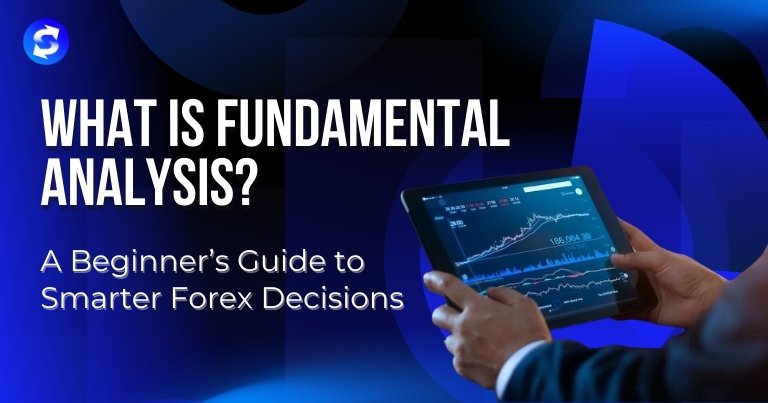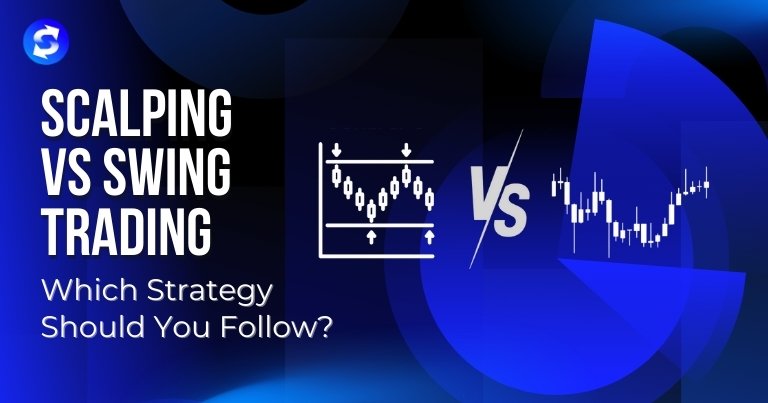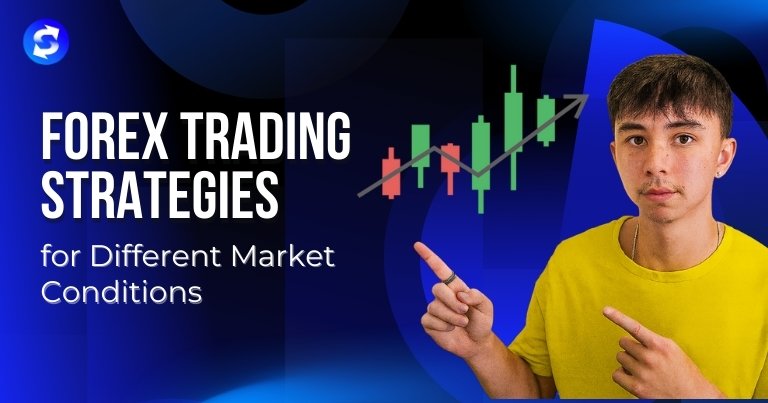
When you first step into the world of forex trading, it’s tempting to dive straight into the charts — watching candlestick patterns, testing indicators, and tracking price movements. But what if you could understand why the market moves before it even happens?
That’s where fundamental analysis comes in.
Unlike technical analysis, which studies past price data to forecast future movements, fundamental analysis looks at the big picture. It digs into the economic, political, and social factors that drive currency values.
For new traders, learning how to read these signals is like getting a peek behind the curtain of the global economy — giving you a competitive edge and helping you make informed, confident decisions.
What is Fundamental Analysis in Forex?
At its core, fundamental analysis is about evaluating the true value of a currency by studying the factors that influence its strength or weakness.
In forex, that means analysing:
- Economic indicators (GDP growth, inflation, interest rates, employment data)
- Political stability (elections, government policy, geopolitical events)
- Market sentiment (how traders and investors feel about a country’s economic outlook)
By assessing these elements, traders can forecast potential long-term trends, position themselves ahead of big moves, and manage risk more effectively.
Why Fundamental Analysis Matters in Forex Trading
Currency values don’t change randomly — they respond to real-world events.
When a country announces strong GDP growth, its currency often strengthens. When inflation rises unexpectedly, central banks might step in with interest rate hikes, pushing the currency higher. And when political instability hits, the currency can lose value quickly.
For traders, this knowledge is power. Fundamental analysis helps you:
- Understand the “why” behind market moves
- Plan trades around major economic events
- Avoid surprises during news-driven volatility
- Build long-term strategies aligned with economic trends
The Three Pillars of Fundamental Analysis in Forex
1. Economic Indicators
Economic indicators are official statistics that measure a country’s economic performance. They’re released on a regular schedule — sometimes monthly, sometimes quarterly — and can cause significant market movement.
Here are the most important ones to watch:
Gross Domestic Product (GDP)
- Measures the total value of goods and services produced in a country.
- A growing GDP usually signals a healthy economy and strengthens the currency.
- A declining GDP can weaken the currency as investor confidence drops.
Inflation
- Tracks the rate at which prices for goods and services are rising.
- Moderate inflation is normal, but high inflation erodes purchasing power and often weakens the currency.
- Central banks use interest rate changes to manage inflation — a key signal for traders.
Employment Data
- Measures job creation and unemployment rates.
- Rising employment supports GDP growth and boosts currency value.
- Falling employment suggests economic slowdown, often weakening the currency.
Interest Rates
- Set by central banks to control inflation and encourage economic growth.
- Higher rates attract foreign investment, increasing demand for the currency.
- Lower rates can stimulate spending but may weaken the currency in the short term.
Trade Balance
- The difference between exports and imports.
- A positive trade balance (more exports) strengthens a currency.
- A negative trade balance (more imports) can weaken it.
2. Political Stability
The forex market doesn’t just react to numbers — it also reacts to uncertainty. Political events can be a major driver of currency volatility.
Key political factors to watch:
Elections
- Can lead to changes in economic policy.
- Unexpected results often trigger sharp market moves.
Government Stability
- Stable governments tend to foster economic confidence.
- Frequent leadership changes or weak policy control can harm currency value.
Geopolitical Tensions
- Conflicts, trade wars, and diplomatic disputes can shake investor confidence.
- Safe-haven currencies (like USD, JPY, CHF) often strengthen during global uncertainty.
3. Market Sentiment
Market sentiment is the collective mood of traders and investors toward a currency. It’s shaped by economic data, political developments, and even rumours.
Two main drivers of sentiment:
News Events
- Economic reports, central bank statements, and political announcements can quickly shift sentiment.
- Positive news strengthens confidence; negative news weakens it.
Speculation
- Traders often react before official announcements based on expectations.
- This can create price swings in anticipation of — or in reaction to — news releases.
How to Use Fundamental Analysis in Your Trading
Step 1: Follow an Economic Calendar
An economic calendar lists upcoming data releases, speeches, and policy announcements. By knowing when events are happening, you can prepare for potential market volatility.
Step 2: Track Currency-Specific Factors
Every currency is tied to its own set of drivers. For example:
- USD reacts strongly to interest rate decisions from the Federal Reserve.
- AUD and NZD are influenced by commodity prices.
- JPY often moves as a safe-haven currency during risk-off sentiment.
Step 3: Combine Fundamentals with Technicals
Fundamental analysis can give you the direction of a trade, while technical analysis can help you time your entry and exit. For example, if you believe a currency will strengthen based on economic data, use technical tools to find the best moment to buy.
The Benefits of Fundamental Analysis for Forex Traders
Informed Decision-Making
You’re not just guessing — you’re making trades based on economic realities.
Long-Term Perspective
Fundamentals often predict trends that can last weeks, months, or even years.
Risk Management
By understanding the forces behind currency movements, you can position yourself to avoid unnecessary losses.
Trend Prediction
Major economic shifts — like interest rate hikes or policy changes — often set long-lasting trends you can ride for profit.
Example: Applying Fundamental Analysis in Real Life
Let’s say the Bank of England announces it’s raising interest rates to fight inflation. Higher rates attract foreign investment, so GBP is likely to strengthen.
As a trader, you could:
- Check technical charts for GBP/USD to find an entry point.
- Place a stop-loss to protect against unexpected reversals.
- Monitor upcoming UK economic data to confirm the trend.
This blend of fundamentals and technicals gives you a more robust strategy than relying on either method alone.
Why Strategic Broking & Investment Makes It Easier
Keeping track of every economic release, political event, and market reaction can feel overwhelming — especially if you’re new to forex. That’s why having a broker that supports your learning and trading decisions matters.
At Strategic Broking & Investment, we help you:
- Access real-time market news and economic calendars.
- Trade on MetaTrader 5 with 1,800+ global instruments.
- Benefit from 24/7 multilingual support to answer your questions.
- Use educational resources to understand both fundamental and technical analysis.
We’re not here to push you into trades — we’re here to give you the insight and tools you need to make smarter ones.
Conclusion
Fundamental analysis is more than just a trading tool — it’s a way of understanding the heartbeat of the forex market. By paying attention to economic indicators, political stability, and market sentiment, you can predict long-term trends, manage risk, and trade with confidence.
Whether you’re trading short-term news spikes or building long-term positions, integrating fundamental analysis into your approach will make you a more informed — and potentially more profitable — trader.
Start today: Follow the news, study the data, and combine it with strong technical skills. And if you need a platform and partner to guide you along the way, Strategic Broking & Investment is here to help.






